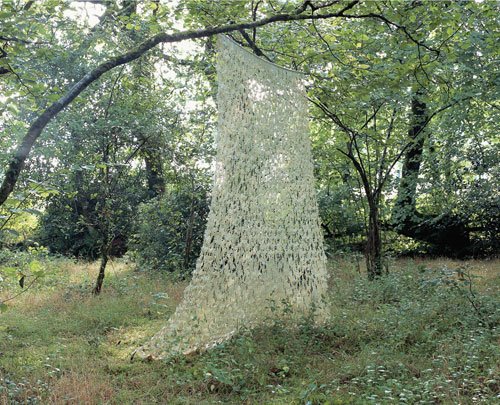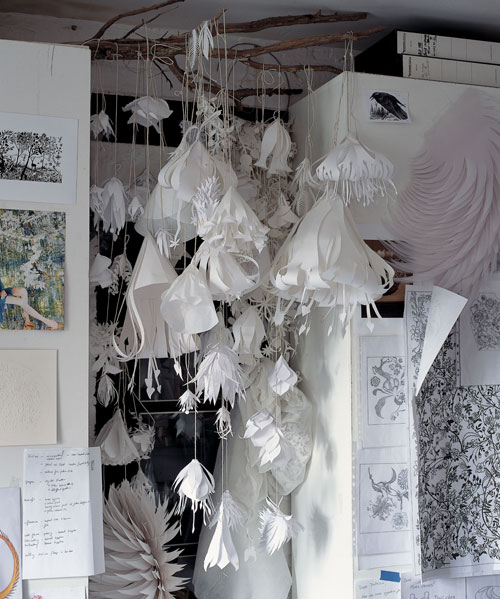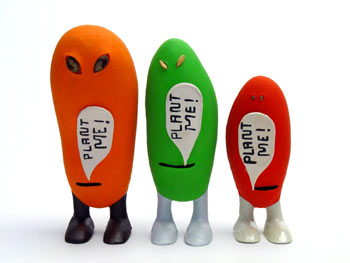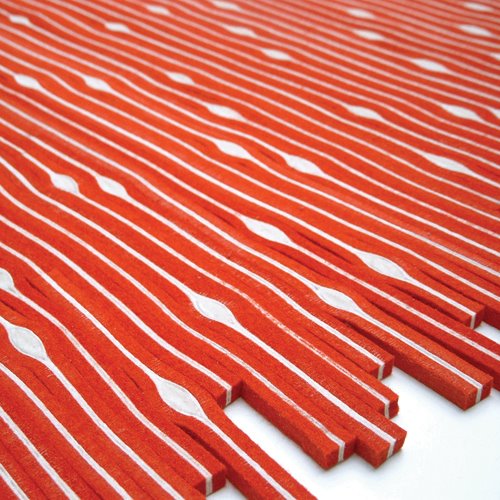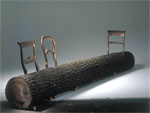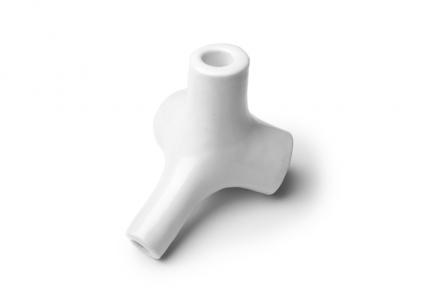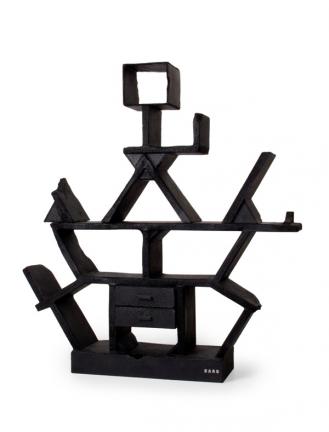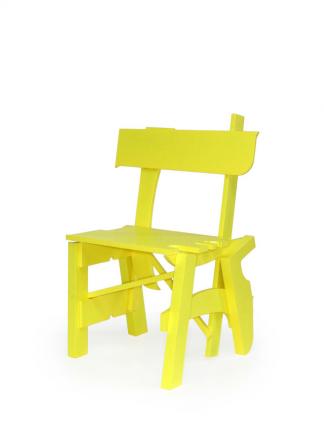
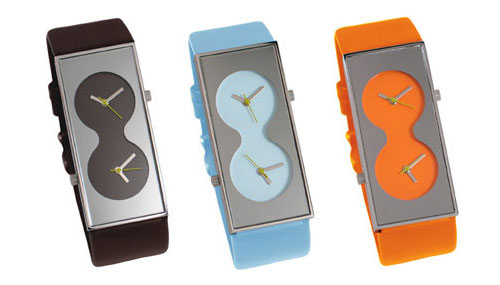
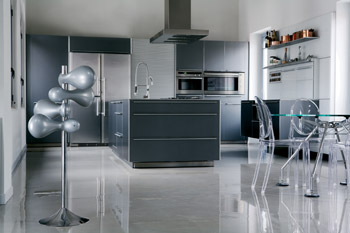
Karim Rashid’s designs can be found in interior design, packaging, fashion, lighting, furniture, and advertising. Rashid’s designs are a synthesis of a wide breadth of considerations- social, economic, an understanding and attention to global issues and a strong sense and desire to create designs for a contemporary lifestyle. Rashid’s designs are extremely accessible, due to wide variety of clients he has worked with, creating the opportunity for the masses to surround themselves with well designed contemporary objects. Rashid sums up his design philosophy as “Sensual Minimalism”, or design that “communicates and inspires without excess”. Rashid has worked with Timex, Dirt Devil, Bombay Sapphire, Alessi, Issey Miyake, Method, Target, Taschen and numerous other companies and individuals around the world. Rashid has clearly been and will continue to be an influential design figure.
While his designs are definitely aesthetically pleasing, his most common choice of material is curious to me, particularly at this point in time, and particularly because of Rashid’s insistence on remaining current, not relying on past history to dictate design. As I learn more about the seemingly limitless amount of materials that exist and learn about the many green materials that are being used in design, it seems that utilizing these green materials would be a logical choice for Rashid. Rashid makes it possible for consumers to purchase well designed objects at a price point comparable to other less visually pleasing objects and products, making the choice of which item to buy more clear. Why buy a product that is ugly when a similar product at a similar price is available that also doubles as a design element in an interior space. (Ex. Method soap) The same logic would seem applicable for material choice, Rashid is in a position to make sustainable materials more the norm. If Rashid were to design products using green materials, some would continue to pick these products over competing products due to their aesthetics, but some would also be interested in the products based on their material and its implications. Consumers would buy Rashid’s products based on their visual appeal whether they care or not about the environment, at worst they would be unwittingly making a positive choice for the environment. I realize that some decisions outside of the aesthetics of an object are probably left up to the company Rashid happens to be working with, but Rashid does have the power to choose which products he wants to attach his influential name to. I haven’t really had too much luck so far in finding any of Rashid’s objects that aren’t made of plastic, although I absolutely have not looked through any where near all of the products that Rashid has designed and definitely could be missing something.
http://www.treehugger.com/files/2006/02/karim_rashids_k.php talks about Rashid’s kit 24 housewww.karimrashid.com
http://psychologytoday.com/rss/pto-20060307-000002.html interview with Rashid
Interview with Karim Rashid from designboom.com, http://www.designboom.com/eng/interview/rashid.html has a more indepth interview with him.
http://www.dexigner.com/product/news-g7169.htmlhttp://www.purecontemporary.com/pcmv/modernvoice.jsp?mvId=17http://www.npr.org/templates/story/story.php?storyId=3266148
